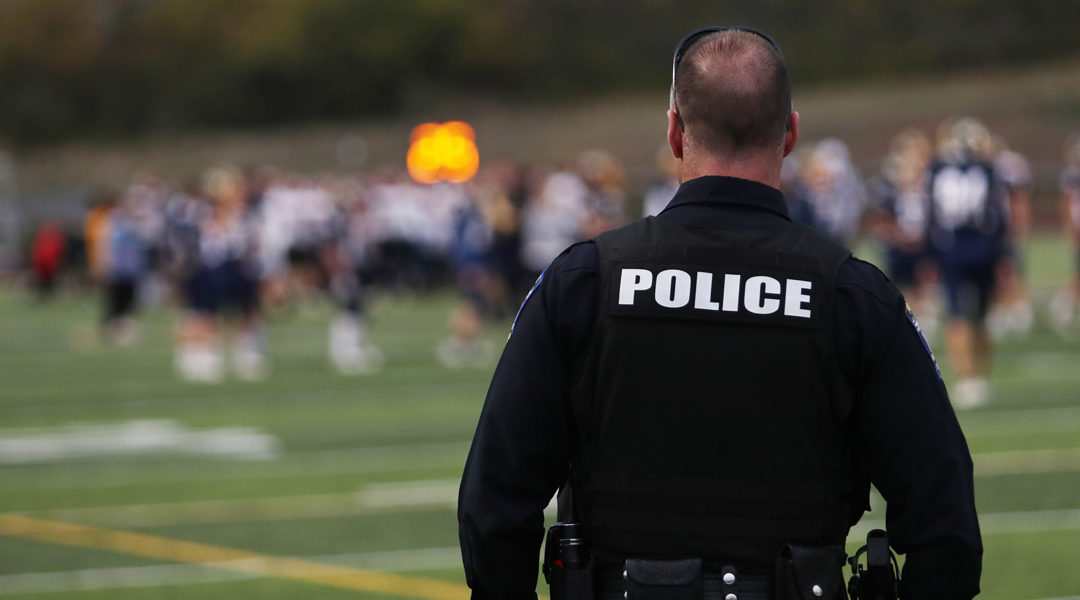During the month of October 2020, thousands of people are participating in National Youth Justice Awareness Month (YJAM) activities throughout the country. National Youth Justice Awareness Month was created 13 years ago by a Missouri parent, Tracy McClard, whose 16-year-old son was tried and prosecuted as an adult, and ultimately took his own life while incarcerated in an adult prison. In declaring October “National Youth Justice Awareness Month”, in 2015, President Barack Obama raised the profile and priority of this awareness month. As part of this year’s YJAM, our Justice League Fellow, Kyla Holton, takes a look at the costs and impacts of School Resource Officers in North Carolina.
This month is a chance for many voices to be heard when it comes to the criminal justice system and how it impacts our youth. But just because there is a month dedicated to this purpose, does not mean it should stop once we turn to the next page in our calendar. Youth incarceration is something that impacts my generation daily. I see it nationally as well as in my local community. The school-to-prison pipeline is clear and present in many school systems and it’s important to be educated on how this impacts youth, especially communities of color.
According to “Counselors Not Cops,” black students male up only 22% of the total student population but 73% of all SRO referrals to juvenile delinquency or adult criminal court were filed against them. In my own county, The Wake County Public school system spends roughly a million dollars on SROs from local law enforcement agencies. They are not here to protect us, they are not here to keep us safe. Many students, and to be specific, students of color feel threatened or experience heightened awareness around SROs because of the fact that they simply don’t feel like they are being protected.
This is just one of many examples of how my generation is impacted by the criminal justice system, down to our own officers in our school. There needs to be more education surrounding the purpose of cops along with an extensive study on how much money they get from the counties and where that money should go instead. Easily naming a few places could be resources for students in need, on-site therapists, and safe spaces for students dealing with mental health issues.
The thing is, we have the resources, we have space, we have the need, but we are missing the money that students desperately need, and that is freely given to cops that do not help the environment of our school systems. So I leave with this, during this Youth Justice Action Month, I encourage everyone reading this to educate themselves on where our local school counties put their money when it comes to resource officers, ask students in the surrounding areas what they feel like their counties lack in terms of student resources, and investigate how you can make a change or spread awareness about what needs to happen in order for change to take place for a better tomorrow.
